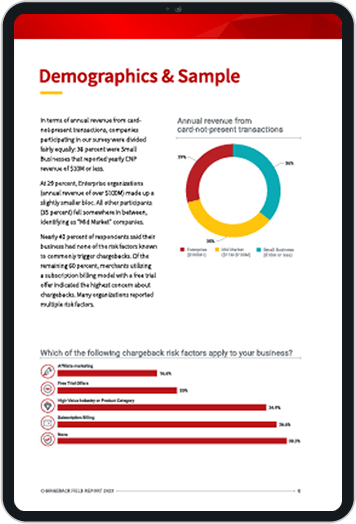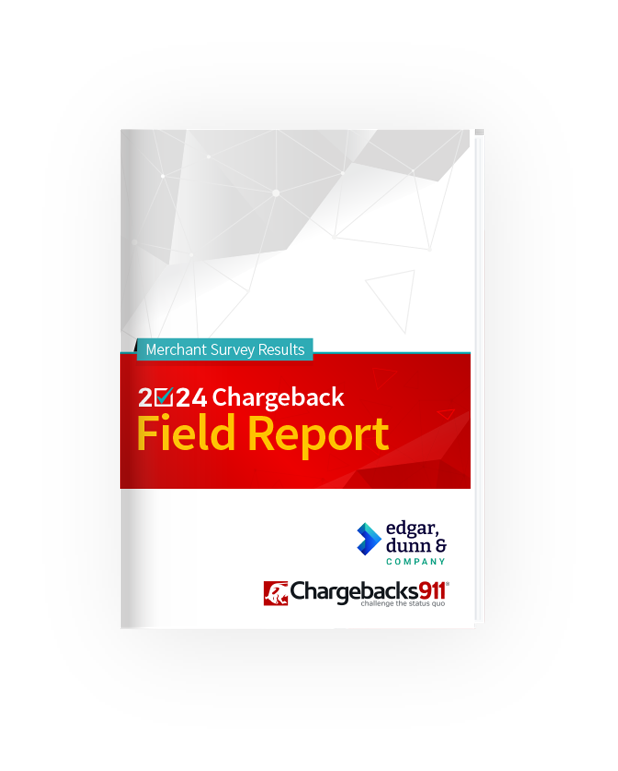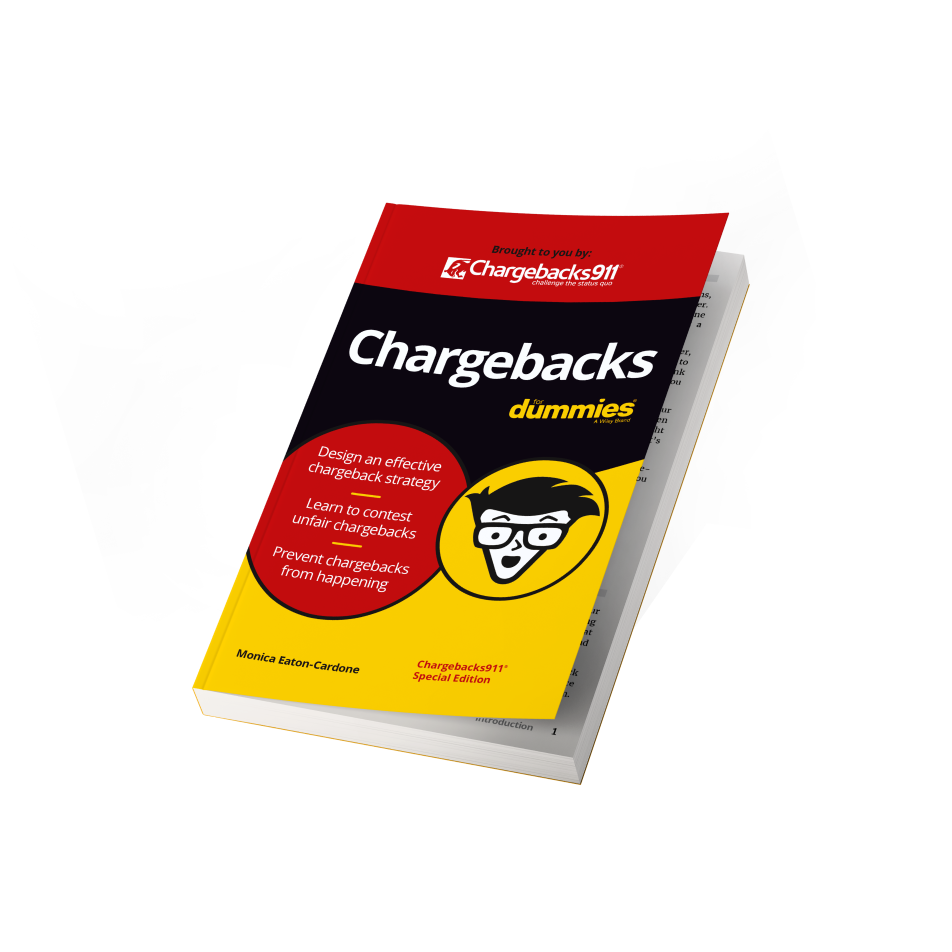Why You Want to Track & Reduce Involuntary Churn
This article has been published in collaboration with our good friends over at Flexpay, a provider focused on helping subscription businesses recover failed payments and minimize customer churn.
Subscription businesses thrive on customer retention. We all know that.
Expanding your client base should be at the center of your growth strategy. But, new customer acquisition is a significant added cost.
For a typical B2C customer, you're looking at about 5-7 billing cycles before you can regain that up-front investment. In the B2B landscape, that time frame expands substantially; you’re looking at a staggering 18-24 month delay to recoup your acquisition expenditure.
Multiple studies have underscored that customer retention yields more substantial profit than recruitment of new customers. Loyal, long-term customers become a reliable source of revenue. In other words: steady, foreseeable growth for your business.
The key is to keep churn — and involuntary churn, in particular — as low as possible.
Recommended reading
- Negative-Option Billing: How to | Pros & Cons | Case Studies
- The Top 12 Subscription Billing Platforms of 2025
- Visa Account Updater: What it Does & How it Works
- FTC Publishes “Click-to-Cancel” Rule: Here’s What to Know
- Which Subscription Billing Model is Right for Your Business?
- The 2025 Guide to Subscription Billing Software
What is Involuntary Churn?
- Involuntary Churn
Involuntary churn occurs when customers unintentionally stop using your service, often due to issues like expired payment methods or failed transactions. Unlike voluntary churn, it usually happens without the customer’s explicit decision to leave, making it a preventable loss for businesses.
[noun]/in • väl • ən • te • rē • CHərn/
If you’ve got a subscription business, you’ve got involuntary churn. But, you may be ignoring it.
Unlike voluntary churn, where customers actively cancel, involuntary churn is caused by failed payments. This silent revenue drain not only reduces overall income but also hampers growth rates and customer lifetime value (LTV), leaving less money available for new customer acquisition.
When payments fail and recovery efforts fall short, you are hit with:
- Lost customers
- Declining lifetime value
- Disrupted revenue streams
There is a solution, though: by addressing involuntary churn effectively, businesses can unlock their full financial potential and gain a competitive edge.
A small increase in recovery rates can yield substantial financial gains. For instance, reducing involuntary churn by just 12.5% can generate 3.5% revenue growth in as little as 60 days — a figure that compounds over time.
Why Tracking Involuntary Churn Matters
Traditional methods used to counter voluntary churn include exclusive deals, loyalty incentives and other engagement strategies. Involuntary churn, on the other hand, is a subtler enemy.
Involuntary churn occurs when a failure in the payment process leads to the loss of a loyal customer. This kind of attrition often slips under the radar. But, you need to confront it with the same urgency as voluntary churn.
When you reduce involuntary churn, your customers stick around longer, and that means more revenue over time. Recovered customers can keep paying for months — or even years — creating a ripple effect that boosts business growth. This extra revenue can help you attract more customers, grow your business, and keep retention rates high.
To do that effectively, though, you need to get your bearings.
Research from PYMNTS.com highlights that 36% of subscription-based companies monitor customer churn, 28% track customer retention. A mere 6% say they track both.
Equally surprising: few companies differentiate between voluntary and involuntary churn. This distinction is crucial because it allows businesses to pinpoint the exact source of revenue loss and implement targeted solutions.
To reduce involuntary churn, you need to calculate its impact and track it independently from voluntary churn. This begins with data collection and analysis, which, while straightforward, may require new reporting tools or metrics.
Calculating Involuntary Churn
Solving the problem of involuntary churn starts with gathering essential data:
- 1. Total Churn: All customers lost to both voluntary and involuntary reasons.
- 2. Customers Lost to Failed Payments: Customers whose subscriptions ended due to payment failures.
Once you have this data, you can use it to calculate your involuntary churn rate:
When you understand how failed payments lead to customer churn, it’s clear that the real cost of losing a customer isn’t just one missed payment. It’s all the future revenue they would have brought in if their subscription had continued. That adds up fast and makes losing a customer much more expensive than it seems at first glance.

How to Reduce Involuntary Churn
The right failed payment recovery solution can help you fight involuntary churn and win. Here are two key questions you need to ask when choosing a failed payment recovery solution.
Does it Create Customized Recovery Strategies?
The best failed payment recovery solutions tailor strategies to individual failed payments. Some key factors include:
- The issuing bank’s decline reason
- The specific credit card type
- The failure reason code
AI-powered solutions excel at creating personalized recovery strategies, consistently delivering high recovery rates. Flexpay’s platform, for instance, leverages AI to optimize recovery outcomes without customer involvement whenever possible.
Does it Avoid Customer Involvement When Appropriate?
Unfortunately, notifying customers of failed payments can prompt churn. To reduce this risk, use a recovery process that minimizes customer awareness while addressing the issue directly with the payment system.
Some payment failures — such as expired or invalid card numbers — require customer involvement. There’s no way around it. When customer interaction is unavoidable, an empathetic and collaborative approach motivates the customer to resolve the issue.
The Long-Term Benefits of Failed Payment Recovery
Recovered customers are not just a one-time win—they become a source of long-term revenue. That’s clear. When these payment failures are recovered, subscribers continue their natural lifecycle, delivering steady revenue and higher lifetime value.
Optimizing failed payment recovery delivers a ripple effect of benefits:
Increased Revenue
Fewer failed payments mean fewer lost customers and more recurring revenue
Improved LTV
Retained customers contribute more revenue over time, improving key profitability metrics
Stronger Customer Relationships
A smooth recovery process builds trust and reduces frustration
It’s critical to take this matter seriously, and be forward thinking regarding solutions.
At FlexPay, for example, we take a smarter approach to reducing involuntary churn. Instead of treating every failed payment the same way, our AI-driven platform analyzes each one individually to determine the best way to recover it — either by fixing the issue directly with the payment system or by reaching out to the customer if necessary.
Many businesses focus heavily on voluntary churn but overlook the impact of involuntary churn from failed payments. The reality is, both need to be managed carefully to maximize revenue and profitability. By prioritizing failed payment recovery, your business can reduce revenue loss, improve customer retention, and gain a competitive edge while others struggle with declining profits.
FAQs
What does involuntary churn mean?
Involuntary churn refers to the loss of customers caused by failed payment attempts rather than a deliberate decision to stop using a product or service. This can occur due to issues like expired credit cards, insufficient funds, or technical problems with the payment system.
What is the difference between voluntary and involuntary churn?
Voluntary churn occurs when customers actively decide to stop using a product or service, often due to dissatisfaction or changing needs. Involuntary churn, on the other hand, happens passively when payments fail due to issues such as expired cards or insufficient funds, without the customer intending to leave.
What causes voluntary churn?
Voluntary churn is typically caused by dissatisfaction with the product or service, such as poor customer experience, lack of value, or unmet expectations. Additionally, customers may leave due to changing needs, better offers from competitors, or a mismatch between the product and their current requirements.
What are the stages of churn?
The stages of churn typically include early warning signs, active dissatisfaction, and the final act of cancellation or departure. Identifying these stages allows businesses to intervene proactively to address customer concerns and retain their loyalty.
What is the leading indicator of churn?
The leading indicator of churn is a decline in customer engagement. Reduced usage frequency, decreased interaction with the product, or lack of responsiveness to outreach efforts often signal that a customer may be at risk of leaving.














